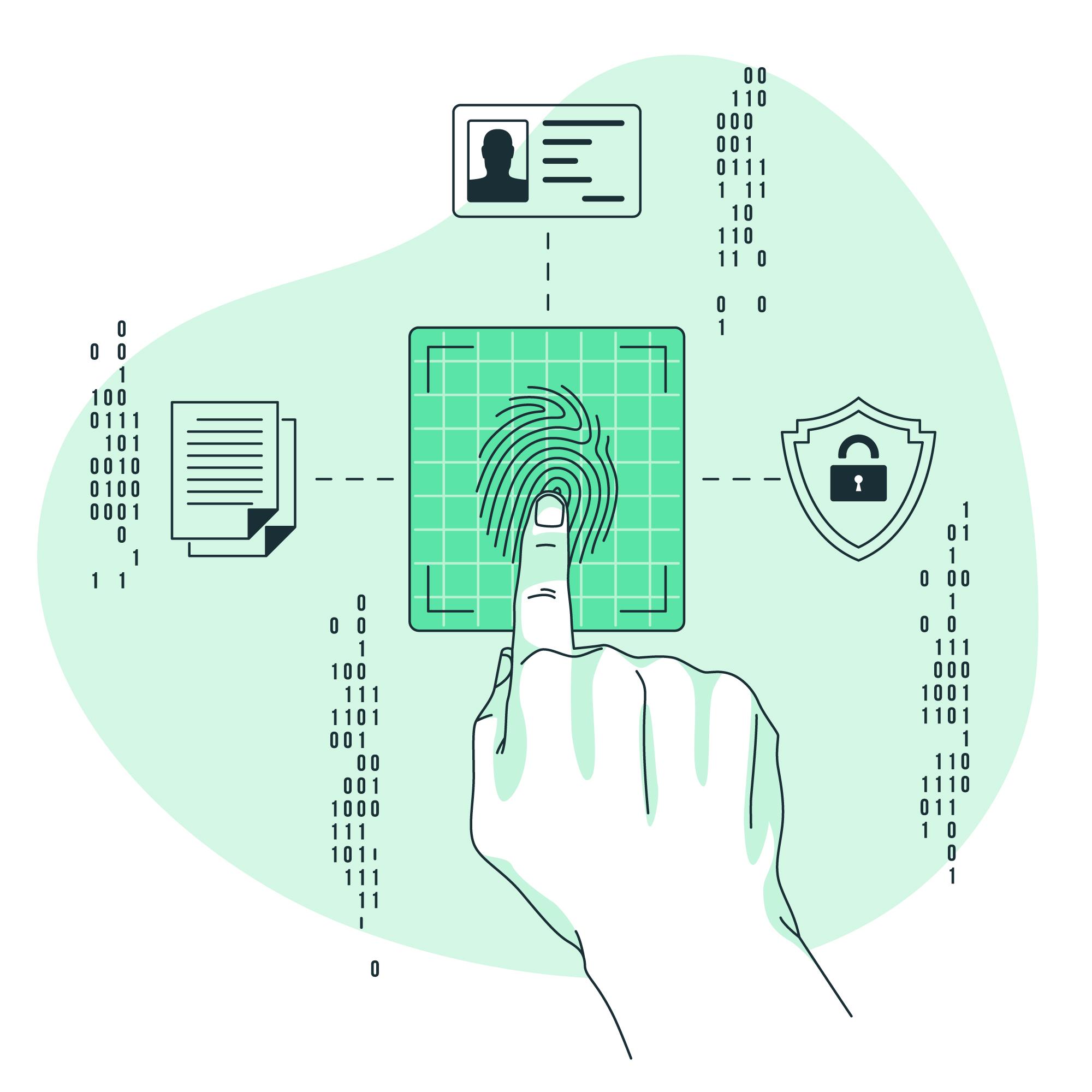
In today’s fast-paced digital world, digital credentialing systems are transforming how educational institutions, certification bodies, and training providers issue, manage, and verify credentials. Gone are the days of paper certificates and manual verification processes. Instead, secure, verifiable digital badges and certificates are leading the charge—streamlining workflows and enhancing trust.
In this blog, we’ll explore the best practices, common pain points, and key features to look for when adopting a digital credentialing solution.
What is a Digital Credentialing Platform?
A digital credentialing platform enables organizations to create, issue, and manage digital certificates and badges that are secure, shareable, and verifiable. These credentials can be used to certify learning achievements, skills, or professional certifications, and are typically issued via email or hosted online with blockchain-backed verification.
Why Digital Credentials Matter
- Instant verification: Verifiable with a click—no more phone calls or paperwork.
- Shareability: Learners can easily add certificates to LinkedIn, resumes, or websites.
- Fraud prevention: Blockchain and cryptographic verification prevent tampering.
- Brand visibility: Every share or view of a credential enhances brand recognition.
Best Practices for Deploying Digital Credential Systems

- Automate Credential Issuance
Leverage automation via API integrations with LMSs like Moodle, Canvas, or corporate HR systems. This eliminates manual effort and reduces errors in issuing credentials.
- Focus on Design & Branding
Create visually appealing, customized credentials that reflect your organization’s brand. Use logo, colors, QR codes, and secure elements to instill trust.
- Ensure Easy Verification
Each credential should be verifiable online via a unique URL or blockchain hash. This boosts credibility and enables third parties (employers, partners) to trust the credential.
- Use Analytics to Track Engagement
A good system should track views, shares, and downloads of credentials. These analytics offer insights into learner behavior and marketing reach.
- Keep Data Secure and Compliant
Ensure your platform is GDPR-compliant, encrypts user data, and follows best practices in cybersecurity. Trust is non-negotiable.
Common Pain Points to Avoid

- Lack of System Integration
If your credentialing system doesn’t integrate with your existing LMS, CRM, or HR tools, it can create bottlenecks. Choose a system with strong integration capabilities.
- Overly Complex User Interfaces
Both credential issuers and recipients need intuitive interfaces. Complexity reduces adoption and leads to frustration.
- Inadequate Verification Mechanisms
If third-party verifiers struggle to authenticate credentials, it defeats the purpose of going digital. Use blockchain or tamper-evident URLs to ensure quick and secure verification.
- Poor Mobile Optimization
Your recipients will view and share credentials on mobile. If your system isn’t responsive, expect a drop in engagement.
Key Features to Look for in a Digital Credentialing Platform
- Drag-and-drop certificate editor
- Role-based user access
- QR code and blockchain verification
- Multi-language support
- Recipient email automation
- LMS & CRM integrations
- Analytics dashboard
- White-label options for enterprise clients
Who Needs Digital Credentialing?
- Universities & Colleges issuing degrees or transcripts
- Online Course Providers certifying completions
- Professional Associations offering continuing education
- Corporations validating internal training programs
- Government agencies verifying licenses and registrations
Ready to Future-Proof Your Credentialing?
As organizations seek to digitize and scale, implementing a digital credentialing platform is no longer optional—it’s essential.
Whether you’re looking to reduce administrative work, increase learner engagement, or ensure secure verification, the right system will transform your credentialing workflow.
